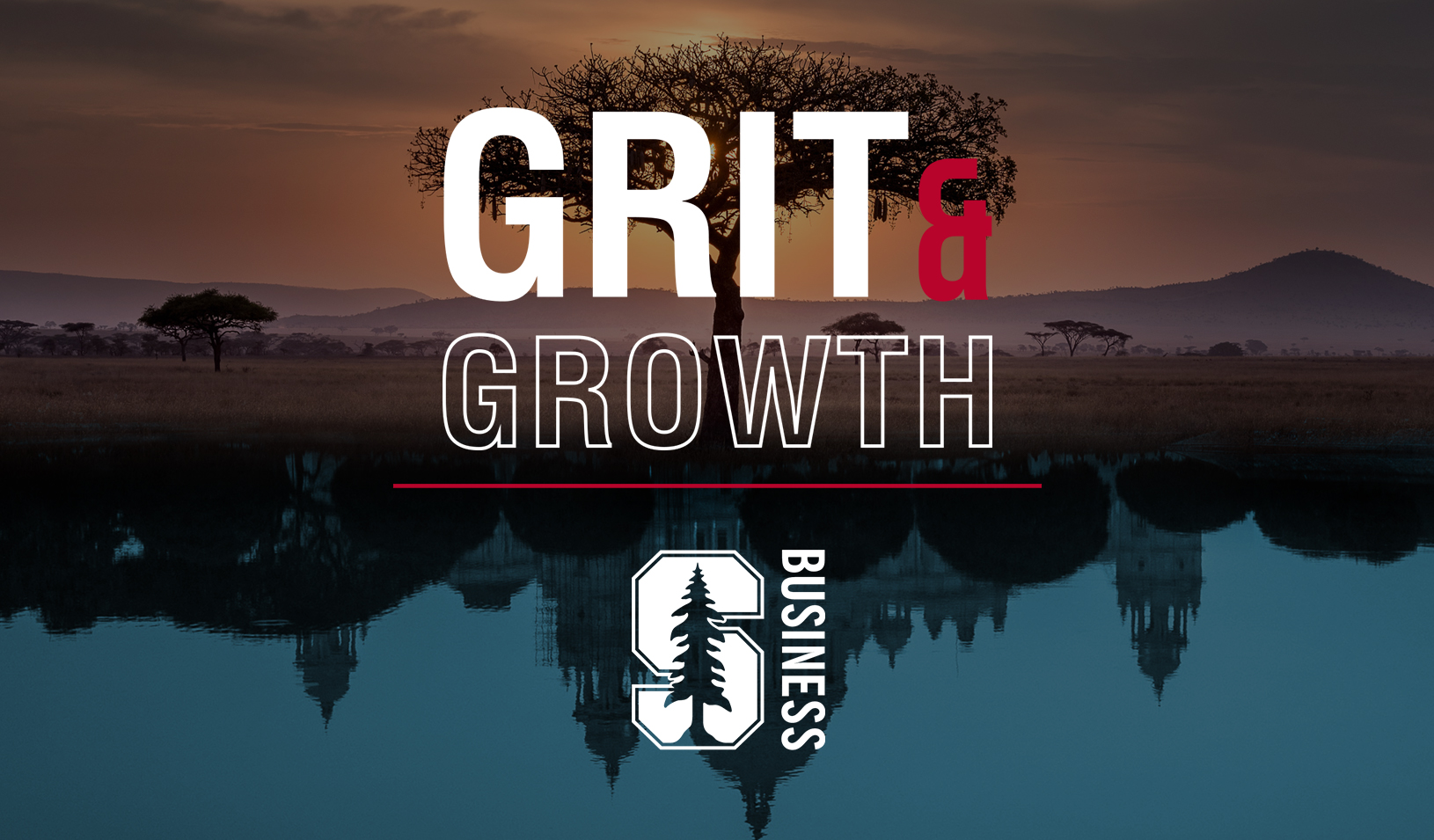
Illustration by Tricia Seibold and iStock/chuwy
When entrepreneur Alyssa Rapp founded Bottlenotes in 2005, she envisioned a niche e-commerce retailer specializing in wine and beer. Then, in 2008, the financial crisis hit. Around the same time, changes came in the government regulations regarding the interstate shipment of alcoholic beverages. Rapp decided to change her business model.
Today, instead of selling wine and beer directly to consumers, the company earns revenues from vintners, importers, and marketing partners like OpenTable.com, who pay for the opportunity to connect with Bottlenotes’ audience of engaged consumers. Moving quickly in crisis is one of the lessons the CEO has learned during her 10 years of running an interactive media company for wine and beer consumers. Its Daily Sip email newsletter reaches 350,000 wine-loving subscribers, and its Weekly Pint taps 50,000 beer enthusiasts. On campus May 1 for an entrepreneur symposium sponsored by the Center for Entrepreneurial Studies at Stanford Graduate School of Business, Rapp shared her insights for running a successful startup during an interview with Stanford Business.
Hire Loyal Employees
“When I say loyalty, I mean people willing to tighten their belts and maybe ramp down to minimum wage for a couple months, and knowing you’ll get them back when you’ve retooled your business model and raised new capital or driven new revenues,” Rapp says. The key to inspiring such devotion “is really being sure to have a cohesive team unit with a shared vision, for whom success matters not just for individual gain,”she says. “They really [need to] believe in an idea or a vision that’s bigger than themselves.”
Challenge Traditions
Age is a fine thing in a cabernet or chardonnay. But marketing to millennials and Generation Xers requires a fresher approach, she says. “The wine industry is so old and stodgy, and in many ways has been slower to embrace new technologies and new media than other industries,” says Rapp, who teaches a course at Stanford GSB on the dynamics of the global wine industry. As she explains, “Our goal was always to speak to the next generation.”
Tell Stories
“I think the wine industry is greatly about storytelling, [and] great content is absolutely critical to differentiation for e-commerce businesses these days,” Rapp says. She recruited Karen MacNeil, one of the world’s top authorities on wine and the author of The Wine Bible, to edit the Daily Sip newsletter. “I believe firmly that professional writing is necessary, even in the digital age,” Rapp adds. “Consumers are smart. If you’re targeting a consumer with whom you hope to have a longtime relationship, bad punctuation, bad grammar, and bad writing are going to turn that person off.”
Build a Sense of Community
Rapp says Harley-Davidson “is a wonderful example of a company that has just nailed it” when it comes to fostering kinship among motorcycle enthusiasts. Likewise, Bottlenotes works to promote face-to-face interaction among its loyalists through a nationwide event series called “Around the World in 80 Sips,” where oenophiles can meet, mingle, and taste wines. “If you can put those brand loyalists together in a room for one night, in a pop-up event, or even in a more sustained setting,”she says, “you’re not just having that one-on-one relationship and dialog. You’re enabling them to have a dialog amongst each other.”
Romance and Teach Your Customers
The smartest businesses “romance” consumers by guiding them on matters that interest them, Rapp says. But it’s important to have “a little bit more knowledge” than their customers do “and stay a step or two ahead.”
One company that does this particularly well, Rapp says, is The Honest Company, which sells eco-friendly products such as diapers and wipes online — and then gently suggests other healthful products that might be of interest. “In a product category like wine, which is fairly complex and opaque, there’s a lot of learning and guidance that can be provided,”she says.
The key, she says, is to make the pitch “subtle.”

Tricia Seibold
For media inquiries, visit the Newsroom.





